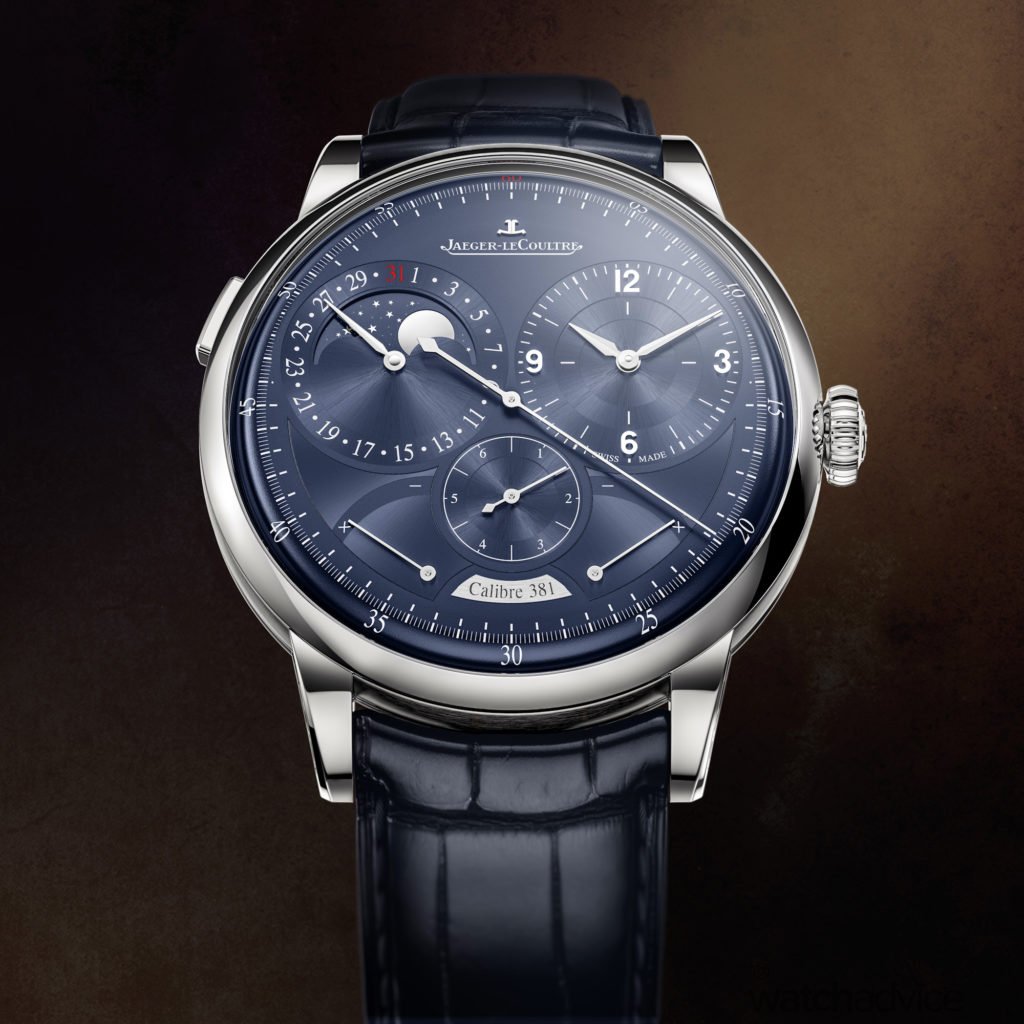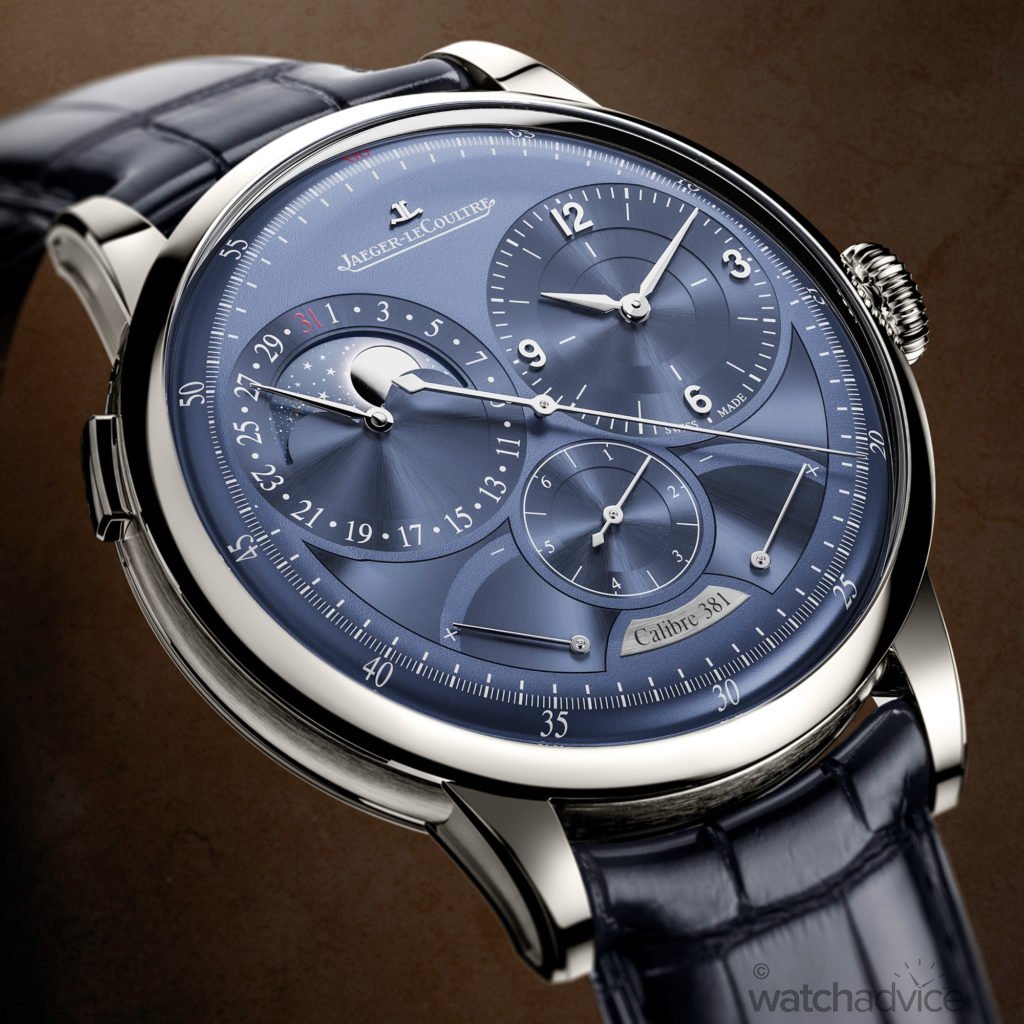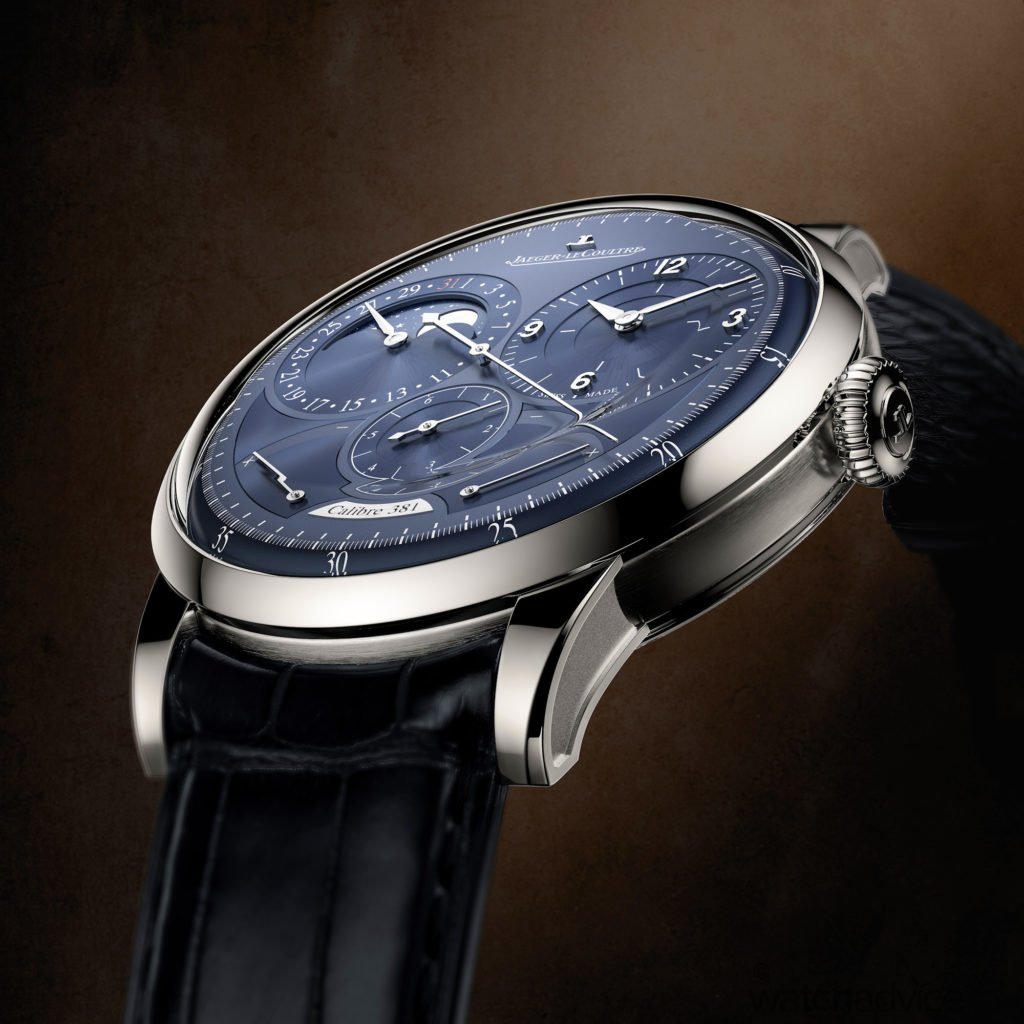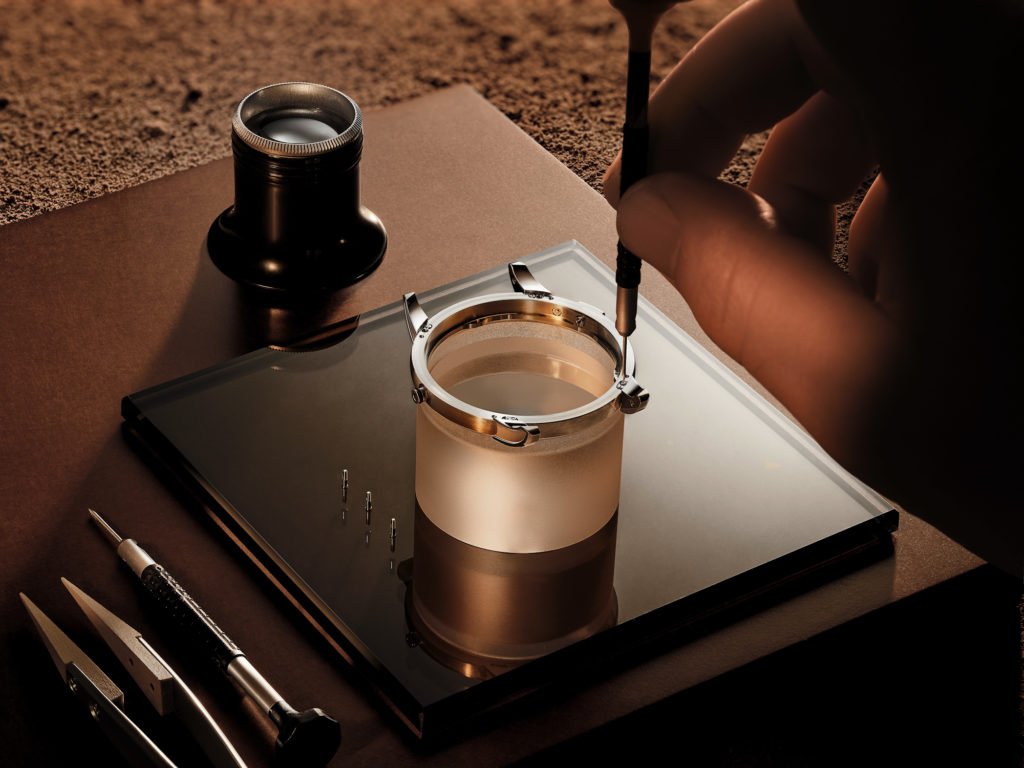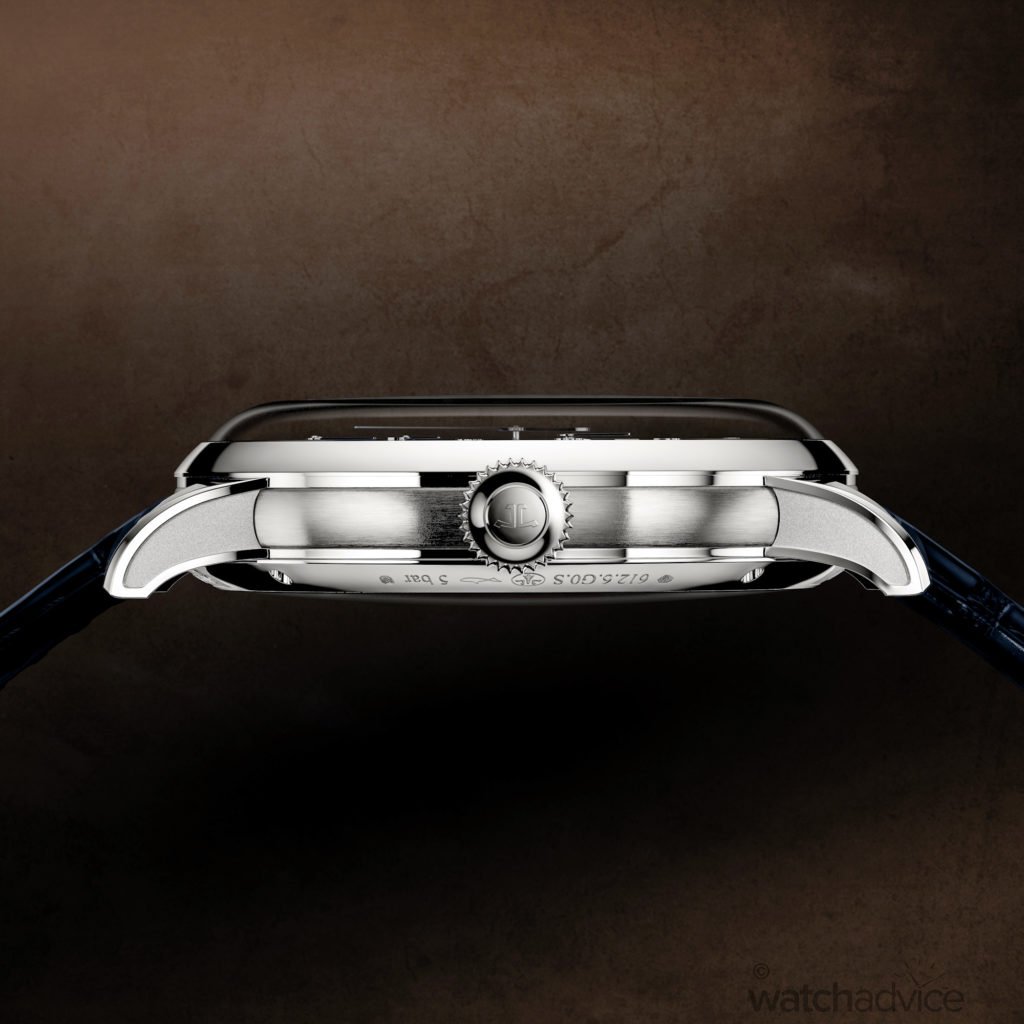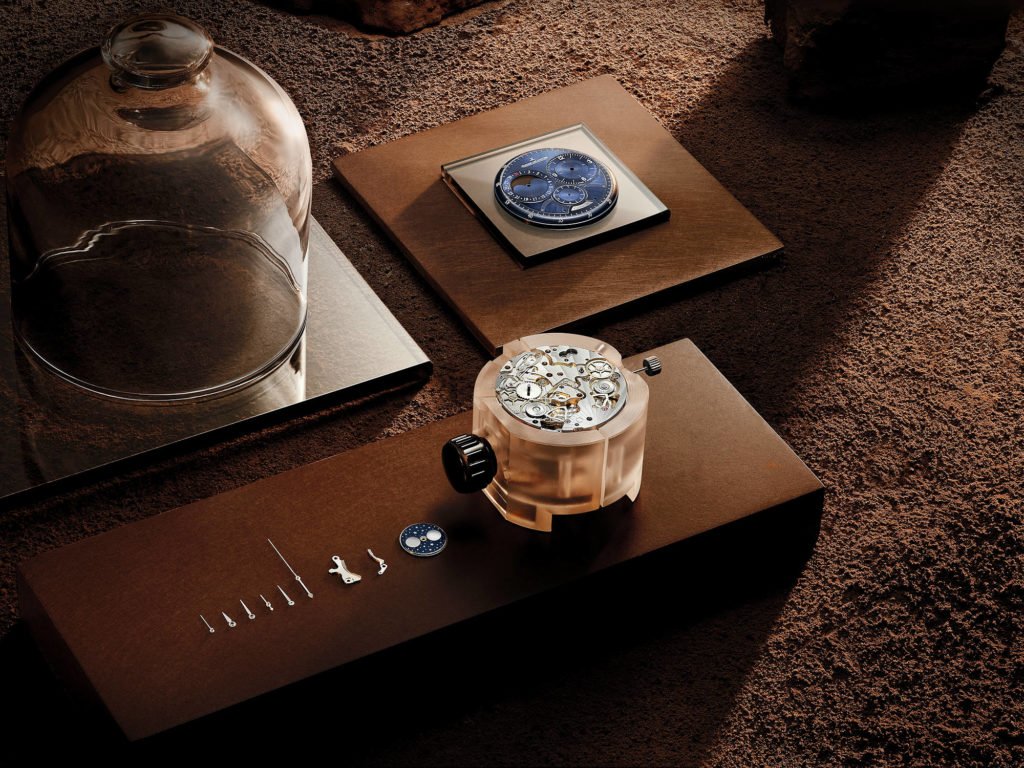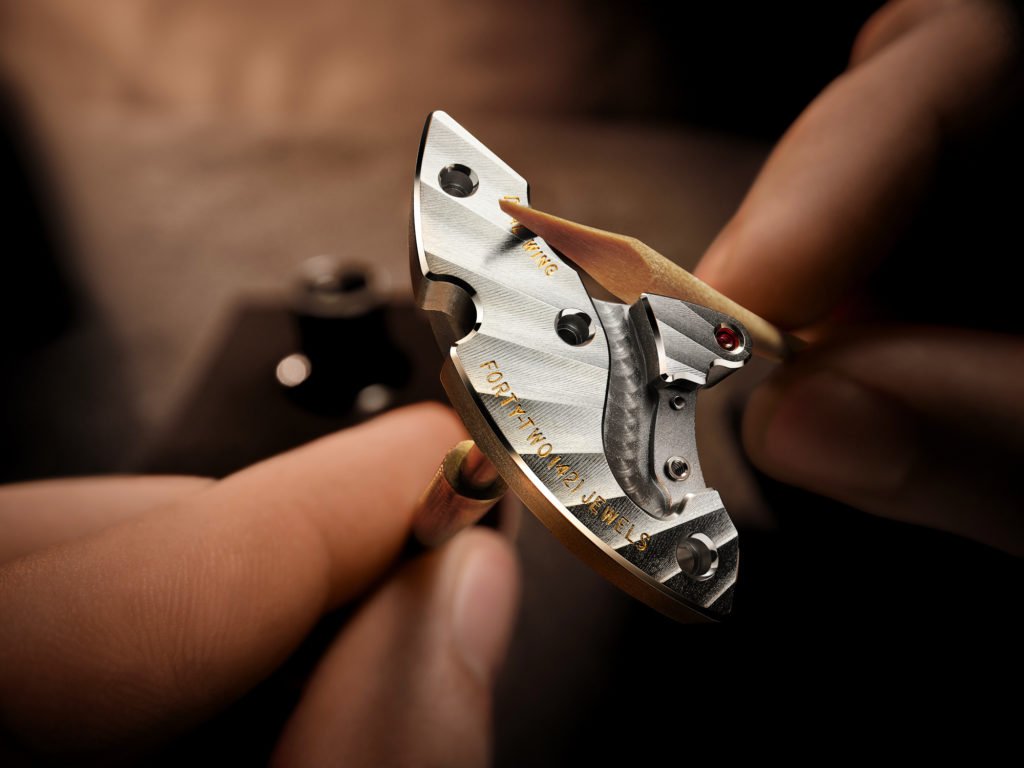A revolutionary approach to timekeeping precision, the Duometre Quantieme Lunaire gets an all-new look!
The Duometre chronograph is a timepiece featuring a groundbreaking concept that changed how high-end mechanical watches are built. Released in 2007, the Duometre chronograph paved its own way in the watchmaking world, and now has turned into a concept that Jaeger-LeCoultre has implemented into a line of technically advanced timepieces. The concept of this Duometre is highly precise timekeeping.
Now, presented at Watches & Wonders 2024, Jaeger-LeCoultre has unveiled a new generation of Duometre watches, with one of them being the Quantieme Lunaire (Moon Phase watch). The Quantieme Lunaire has been around for some time, with one of my favourite models being a skeletonised version presented in pink gold 750/1000. While the concept of the timepiece remains unchanged for the 2024 version, this is, however, the first time the Quantieme Lunaire is presented in a steel case.
What is the Duometre Concept?
As stated earlier, the Duometre was invented back in 2007. With this innovation, Jaeger-LeCoultre’s engineers and watchmakers were able to solve a fundamental problem that is present in all mechanical timepieces that feature complications.
A simple way of explaining how a mechanical timepiece works is that energy is stored in a barrel (through manual winding or automatic winding). This energy is then transferred to the escapement through a gear train. This works perfectly fine when it’s only a three-hand watch, meaning the only complication is the time, but when a secondary complication gets added, chronograph, moon phase, etc., it also draws energy from the same barrel. With now two complications drawing energy from one barrel, it naturally interrupts the perfect regularity of the power supply and thus compromises precision.
“In testament to the Maison’s inventiveness since its earliest days, its watchmakers had already explored solutions to the problem in the 19th century: in an 1881 pocket watch they introduced Calibre 19/20RMSMI equipped with two barrels. However, a double-barrel calibre still does not address the real issue because both barrels feed power to a single gear train that is employed for both timekeeping and the operation of complications.”
Jaeger-LeCoultre
Although the two-barrel system didn’t quite work out as a solution, it provided the framework for the 21st-century Engineers and Watchmakers to work their magic. This was 19th-century solution served as the base model for the Duometre concept. The Engineers were able to separate the power supply into two ‘streams effectively’ – one barrel and gear train for timekeeping and a separate barrel and gear train for the complication(s), both linked to a single escapement – the Duometre system guarantees absolute constancy of the power supply, regardless of whether a complication is operating or not.
As a way of showcasing this technical innovation and feat on the watch itself, Jaeger-LeCoultre created the seconde foudroyante. A distinctive element on the Duometre Quantieme Lunaire dial, the seconde foudroyante sweeps continuously in a sub-dial located at 6 o’clock. The seconde foudroyante hand makes a complete revolution in one second, compared to a standard seconds hand, which makes one complete revolution every 60 seconds. The seconde foudroyante hand makes six jumps per one rotation (which is why the sub-dial is split into 6 sections), making it possible to observe one-sixth of a second time-lapse.
For Jaeger-LeCoultre, it’s equally important that the mechanical innovation is matched by the timepiece’s aesthetic design. This latest Duometre Quantieme Lunaire is presented in an entirely new 42.5mm steel case design. The new design references saponite pocket watches created by the Maison in the 19th century, with the rounded contours of the case being highly tactile as well as visually appealing. The crown has also been redeveloped to now feature more deep and rounded notches, making it easier to handle and operate.
Jaeger-LeCoultre states that the case construction is a “complex structure of 34 separate parts, and the lugs are screwed rather than integrated, to enable multiple finishing techniques. A mixture of polished, brushed and micro-blasted surfaces creates a fascinating play of light with every movement of the wrist.”
The deep blue dial of the Duometre Quantieme Lunaire is also divided into several sections, each with a different finish to create visual interest and contrast. The main opaline dial has a soft glow, while the lower section has a sunray-brushed finish. An opaline arc separates the two power-reserve indicators at 5 and 7 o’clock from the sunray background. With the subdials having sunray-brushed finishing and the main time dial having varying degrees of sunray-brushed finish, the timepiece gives an artistic finish to what is otherwise traditional subdial designs.
The movement inside this new Duometre Quantieme Lunaire is the brand’s in-house manually wound Jaeger-LeCoultre Calibre 381. The movement is made up of 374 components, with the power reserve being set to 50 hours for each barrel. Like the previous Duometre Quantieme Lunaire models, it comes with an open case back. With most of the Calibre 381 being open-worked, it shows the wearer a deeper view into the mechanism as well as its meticulous finishing, such as the bridges being decorated with sunrayed Geneva stripes.
Final Thoughts
This latest design of the Duometre Quantieme Lunaire, with its blue dial and steel case, gives a contemporary look to what is a technical masterpiece sitting inside. I like the different finishing presented on the dial. Instead of one sunray finish presented throughout the whole dial, breaking it up into different segments as per the sub-dials gives the watch a more arty and technical aesthetic view.
As explained throughout this article, the Duometre concept is a masterpiece of technical innovation by the Engineers at Jaeger-LeCoultre. It allows the watchmakers to power the complications independently, thus negating the reduction in accuracy if they were to run through one single barrel and gear train. Such a sophisticated movement deserves an equally impressive aesthetic dial. While previous versions of the Duometre Quantieme Lunaire presented us with precious metals mixed with skeletonised designs, this latest steel version will be just as well received due to the more simplistic design and also the fact that it is available in steel.
Reference: Q604848J
Specification
- Case: 42.5 mm diameter x 13.05 mm thick
- Case Material: Steel
- Dial: Blue opaline
- Crystal: Convex crystal with anti-reflective coating
- Water resistance: 30m (3 Bar)
- Movement: Manually wound Jaeger-LeCoultre Calibre 381
- Movement Frequency: 3Hz (21,600 VpH)
- Power reserve: 50 hours for each of the two barrels.
- Bracelet: Alligator with small-scale alligator lining
Australian Recommended Retail Price: $71,500 AUD
Availability: Available now. Purchase through Jaeger-LeCoultre boutiques and Authorised Dealers, or enquire through Jaeger-LeCoultre.com.au



